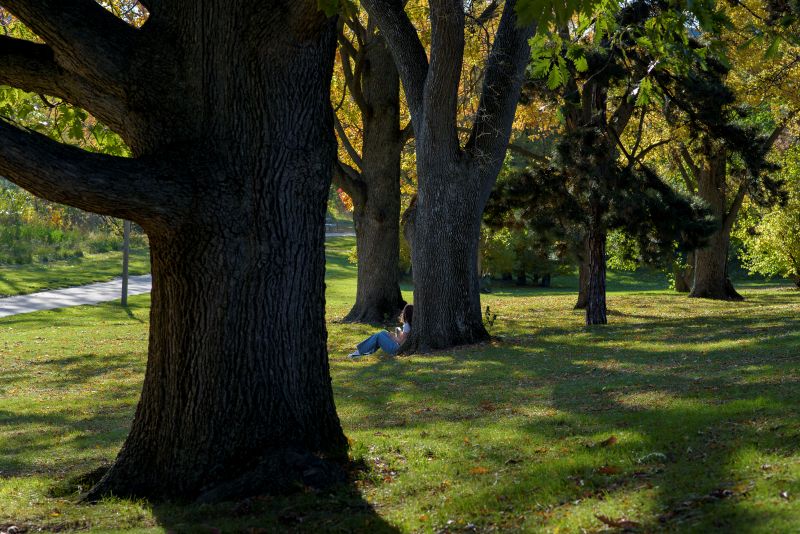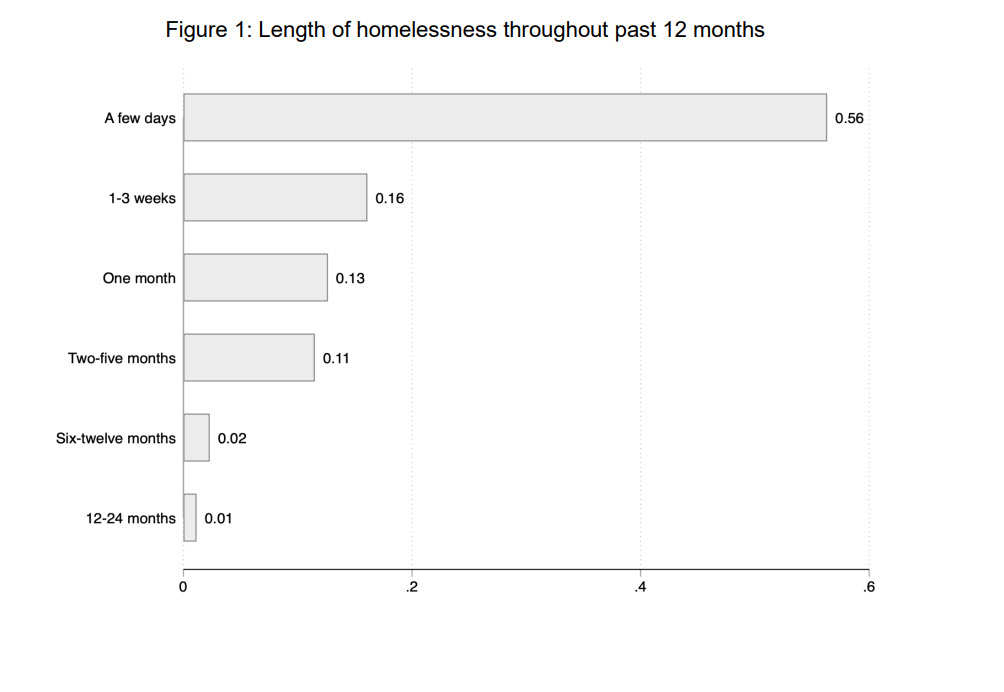Survey examines housing insecurity among MSU students
July 2, 2025

A recent survey conducted at Michigan State University (MSU) reveals troubling levels of housing instability among its student population. The survey, carried out in April 2025 by MSU assistant professors Stephen Przybylinski in the Department of Geography, Environment, and Spatial Sciences and John Kuk in the Department of Political Science, found that 8.5% of students had experienced homelessness within the past year, while more than 37% faced at least one form of housing insecurity.
Funded by the Institute for Public Policy and Social Research (IPPSR), the survey gathered responses from 1,017 undergraduate and graduate students. Its primary goal was to quantify the prevalence of student homelessness and housing insecurity, as well as to better understand students’ housing needs and preferences.
Homelessness at MSU: Short-Term Crisis, Long-Term Concerns

Of the 87 students who met the U.S. Department of Housing and Urban Development’s definition of homelessness, more than half (56%) reported being homeless for only a few days. However, others faced longer-term instability: 16% were homeless for 1–3 weeks, 13% for a month, and 11% for 2–5 months. A small share of respondents—3%—reported being homeless for six months or longer.
The data showed that students of color were disproportionately affected. While white students make up 64.2% of the MSU student body, they comprised only 41% of those who experienced homelessness. In contrast, Black students—who represent just 6.45% of the overall student population—made up 24% of the homeless group. Asian American/Pacific Islander and Middle Eastern/North African (MENA) students were also overrepresented, constituting 16% and 9% of homeless students, respectively.
Housing Insecurity Affects Over a Third of Students
In addition to homelessness, the survey documented widespread housing insecurity. Students were considered housing insecure if they reported issues such as inability to pay rent or utilities, unaffordable rent increases, or needing to move due to financial or social pressure.
Among the 383 students who reported some form of housing insecurity, white students were the largest group (51%), followed by Black students (22%) and AAPI students (17%). Two-thirds of housing-insecure students identified as women, while 28% were men and 5% identified with another gender identity.
The data also revealed significant overlap in experiences of race and gender. White women represented the largest single group of students facing housing insecurity (35%), with women of color close behind (32%). Both white men and men of color each accounted for 14% of the housing-insecure population, while students of color identifying as a third/non-binary gender made up 3%.
Addressing Student Housing Needs
The findings underscore the challenges facing college students navigating both academic demands and housing precarity. While not all students experiencing housing insecurity are homeless, the scale of instability—affecting more than one in three respondents—is a cause for concern.
Some policymakers are beginning to respond. Oregon, for example, has recently advanced legislation to support affordable student housing through rental assistance programs. The report suggests that a similar initiative in Michigan could garner bipartisan support and offer vital relief to students struggling to secure stable living conditions while pursuing their degrees.
With rising housing costs and increasing financial pressures on students, the survey results highlight a growing need for policy interventions and university support services to prevent students from falling through the cracks.
For more information, see Przybylinski and Kuk’s full report titled “Prevalence and Experiences of Homelessness and Housing Insecurity for Michigan State University Students.”
Media Contact: Jack Harrison, 517-939-9378, harr1565@msu.edu

